Setting Off a Chain Reaction
By Lynn McCain | June 9 2025Imagine your friend is in kidney failure and desperately needs a new kidney. You are tested, but you are not a close enough match. You watch as your friend struggles to survive, going through dialysis. You feel helpless…but there is nothing you can do. Or is there?
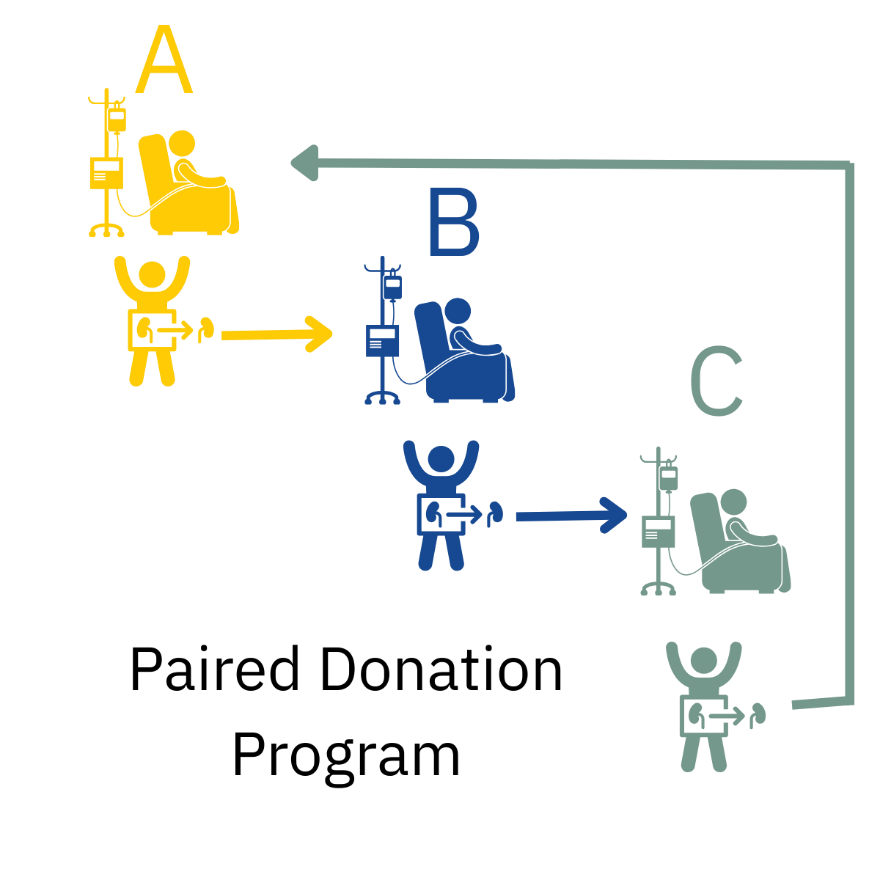 The University of Michigan participates in the nationwide paired donation program that enables patients on the kidney transplant list to obtain donor kidneys more quickly, as illustrated in the figure. If patient A has a potential donor (Donor A), but Donor A is not a match, they can be added to the Alliance for Pair Donations (APD) registry. Patient B also needs a kidney, but their possible donor, Donor B, is not a match, but Donor A is a match, and Donor B is a match to Patient C, whose prospective unmatched donor (Donor C) is a match for Donor A. Donor A gives their kidney to Patient B, Donor B gives their kidney to Patient C, and Donor C gives their kidney to Patient A. All three patients on the list, who would otherwise remain waiting, obtain their needed kidneys.
The University of Michigan participates in the nationwide paired donation program that enables patients on the kidney transplant list to obtain donor kidneys more quickly, as illustrated in the figure. If patient A has a potential donor (Donor A), but Donor A is not a match, they can be added to the Alliance for Pair Donations (APD) registry. Patient B also needs a kidney, but their possible donor, Donor B, is not a match, but Donor A is a match, and Donor B is a match to Patient C, whose prospective unmatched donor (Donor C) is a match for Donor A. Donor A gives their kidney to Patient B, Donor B gives their kidney to Patient C, and Donor C gives their kidney to Patient A. All three patients on the list, who would otherwise remain waiting, obtain their needed kidneys.
The Department of Pathology’s HLA laboratory provides testing for Michigan Medicine patients who need organ transplants and for potential donors. This information is entered into the APD registry to facilitate multiple-step matching. Recently, the department hosted
Chad Abbott, RN, from the Michigan Medicine Transplant Living Donor office, Robert (Bob) Denham, a kidney recipient, and Doug Zawisza, a kidney donor, to hear their stories.
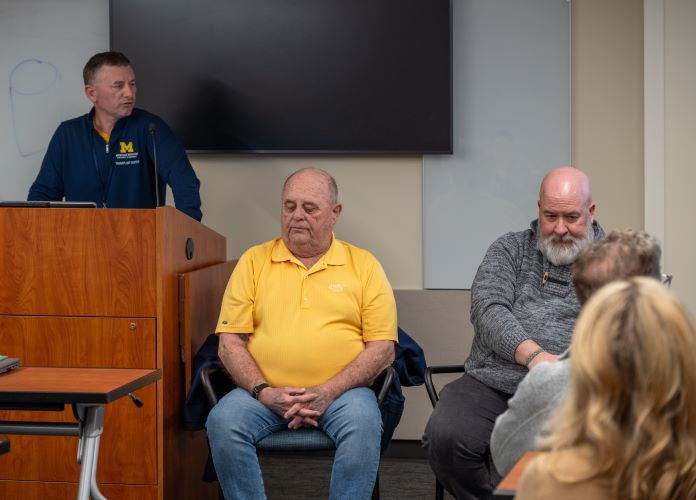 Abbott explained that Michigan Medicine (MM) began a paired donation program in 2008, using only MM patients and donors. A software engineer at U-M developed a software program to facilitate matches, but matches were limited by using only internal pairs. “We started working with the Alliance for Pair Donation (APD), based out of the University of Toledo, in 2011. Since inception with them, we have done 120 transplants.” Each year, an average of 14 paired kidney transplants are completed, not because that represents the number of needed kidneys, but because of the need for living donors. Living donors must be healthy with exclusions including prediabetes, high blood pressure, and other common health issues. As population health worsens, the number of potential donors decreases. Abbott explained the support the APD provides donors, “Donors who enter the APD are given donor protection. Anyone who donates through the paired donation program automatically gets up to $10,000 in lost wages. They get up to $4,500 in travel expenses and $1,000 for dependent care, $500 for pet care, and a $1 million catastrophic life insurance policy if something happens. They also have a voucher. If the donor donates, they can name somebody in their family to get priority in the APD for a pair of donations should they need a kidney in the future.”
Abbott explained that Michigan Medicine (MM) began a paired donation program in 2008, using only MM patients and donors. A software engineer at U-M developed a software program to facilitate matches, but matches were limited by using only internal pairs. “We started working with the Alliance for Pair Donation (APD), based out of the University of Toledo, in 2011. Since inception with them, we have done 120 transplants.” Each year, an average of 14 paired kidney transplants are completed, not because that represents the number of needed kidneys, but because of the need for living donors. Living donors must be healthy with exclusions including prediabetes, high blood pressure, and other common health issues. As population health worsens, the number of potential donors decreases. Abbott explained the support the APD provides donors, “Donors who enter the APD are given donor protection. Anyone who donates through the paired donation program automatically gets up to $10,000 in lost wages. They get up to $4,500 in travel expenses and $1,000 for dependent care, $500 for pet care, and a $1 million catastrophic life insurance policy if something happens. They also have a voucher. If the donor donates, they can name somebody in their family to get priority in the APD for a pair of donations should they need a kidney in the future.”
Denham recounted his experience as a kidney recipient. Denham had been an athletic, active person playing hockey, men’s softball and golf. He also coached girls' softball and boys' baseball and hockey. When his kidneys began to fail, his doctors at another health system determined that he needed to start dialysis. At the age of 69, this doctor told him that he was “too old” for a transplant. While doing off-site training for home peritoneal dialysis, the nurse at the facility wondered if he was on the list for a transplant. She was surprised that a doctor told him he was too old. At her suggestion, he looked into how he would get on a transplant list. This was all new and scary to him and his wife. Long story short, he ended up at the Michigan Medical Center and met Chad Abbott, who provided him with information and helped him start the process.
Denham decided to take his case to Facebook to see if he could find a donor. “Two days later, I got a phone call from Doug, my son’s brother-in-law. He said, ‘Hey, I hear you need a kidney.’ I asked him his blood type, B+, which was the same as me.” We started the matching process. Doug was compatible, and it seemed everything was on track for Doug to donate a kidney to me. Unfortunately, I developed an infection that caused a delay and altered our “perfect” match status. Abbott suggested that we enter the Pairs Program, which introduced us and our families to a whole new world. Thirty days later, a perfect match was found for me. As it ends up, the kidney I received was from a 60-year-old woman
in Florida. Doug’s kidney flew on a UM jet to a patient in California the day after my surgery. Eight kidney transplant surgeries resulted, including another in Kentucky and others in other states. This pairs program at U-M is fantastic!”
 and Bob Denham (recipient) - Kidney donor 500.jpg) “When Bob asked me to call a number about becoming his donor, I thought, ‘What’s the worst thing that can happen? I’ll give a call.’ The first thing they asked me was my blood type. I responded, 'It is how I live my life - B+' and from there it just continued. I had to go through a lot of blood tests and other tests, talking with people, coming to U-M, getting the process and results explained very clearly,” explained Zawisza. One of the preparation steps for Zawisza was to lose some weight, which would enable his remaining kidney to support him properly. “They were ensuring I was healthy enough to go through this. They were not going to just take it and run, or take it and make sure Bob got his kidney without making sure the donor would be ok. They wanted to make sure I was good from the start to the end. Even afterward, they followed up with me for two years, first with weekly, then monthly testing.” When Zawisza learned he was not the best match for Denham, he agreed to enter the pairs program. “My kidney went to California, and that triggered another donation and another, making an overall daisy chain of four transplants from one donation. I figured if I could give someone one more day, another week, another month, it was totally worth it. Pairs just magnified the gift. My only regret in all of this is that I can only give one. I hope that someone who has been waiting for a long time has been able to get a kidney.”
“When Bob asked me to call a number about becoming his donor, I thought, ‘What’s the worst thing that can happen? I’ll give a call.’ The first thing they asked me was my blood type. I responded, 'It is how I live my life - B+' and from there it just continued. I had to go through a lot of blood tests and other tests, talking with people, coming to U-M, getting the process and results explained very clearly,” explained Zawisza. One of the preparation steps for Zawisza was to lose some weight, which would enable his remaining kidney to support him properly. “They were ensuring I was healthy enough to go through this. They were not going to just take it and run, or take it and make sure Bob got his kidney without making sure the donor would be ok. They wanted to make sure I was good from the start to the end. Even afterward, they followed up with me for two years, first with weekly, then monthly testing.” When Zawisza learned he was not the best match for Denham, he agreed to enter the pairs program. “My kidney went to California, and that triggered another donation and another, making an overall daisy chain of four transplants from one donation. I figured if I could give someone one more day, another week, another month, it was totally worth it. Pairs just magnified the gift. My only regret in all of this is that I can only give one. I hope that someone who has been waiting for a long time has been able to get a kidney.”
If you would like more information about becoming a living donor, please contact 1-800-333-9013 or click on the organ links: kidney or liver.
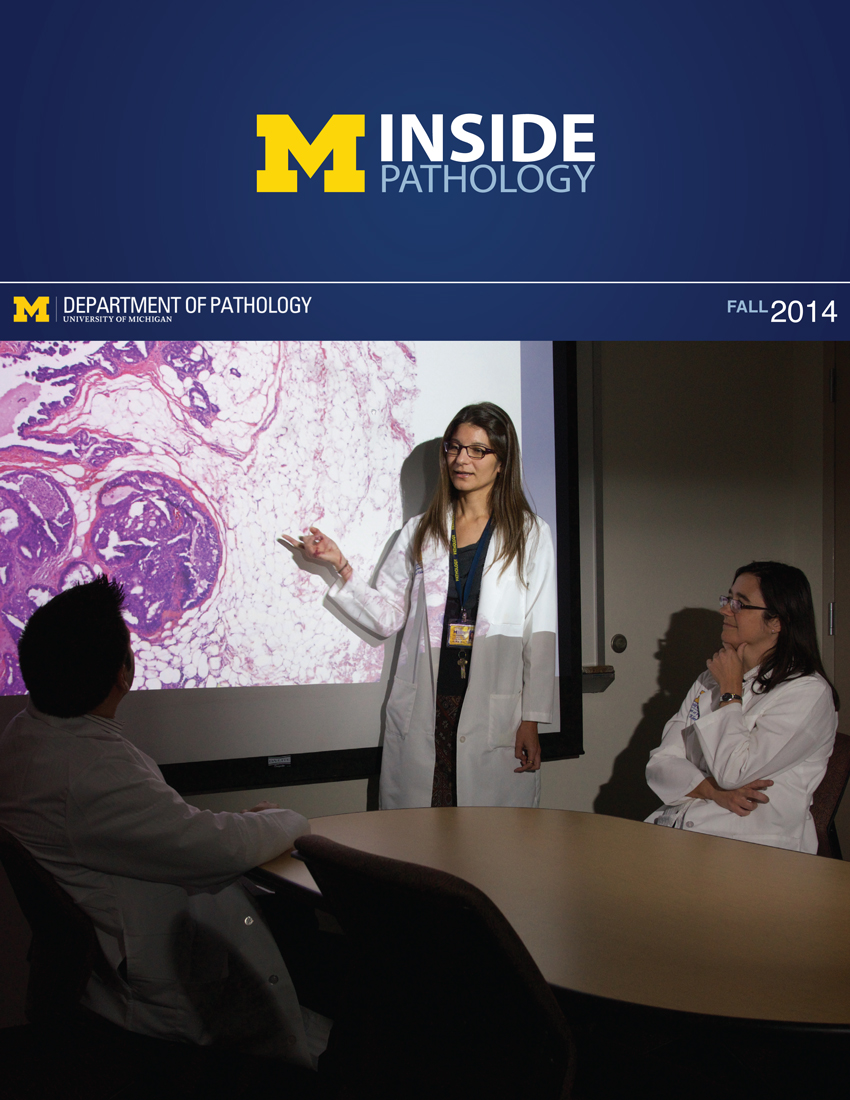 ON THE COVER
ON THE COVER
 ON THE COVER
ON THE COVER
 ON THE COVER
ON THE COVER
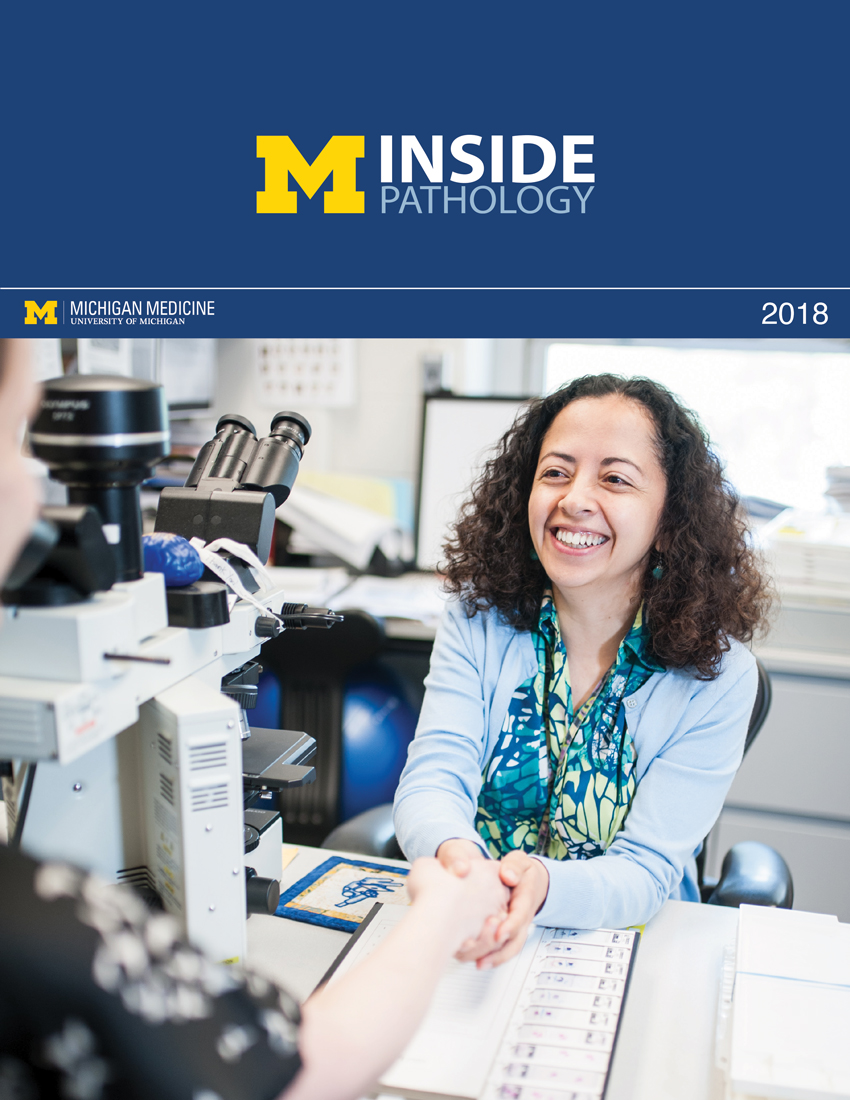 ON THE COVER
ON THE COVER
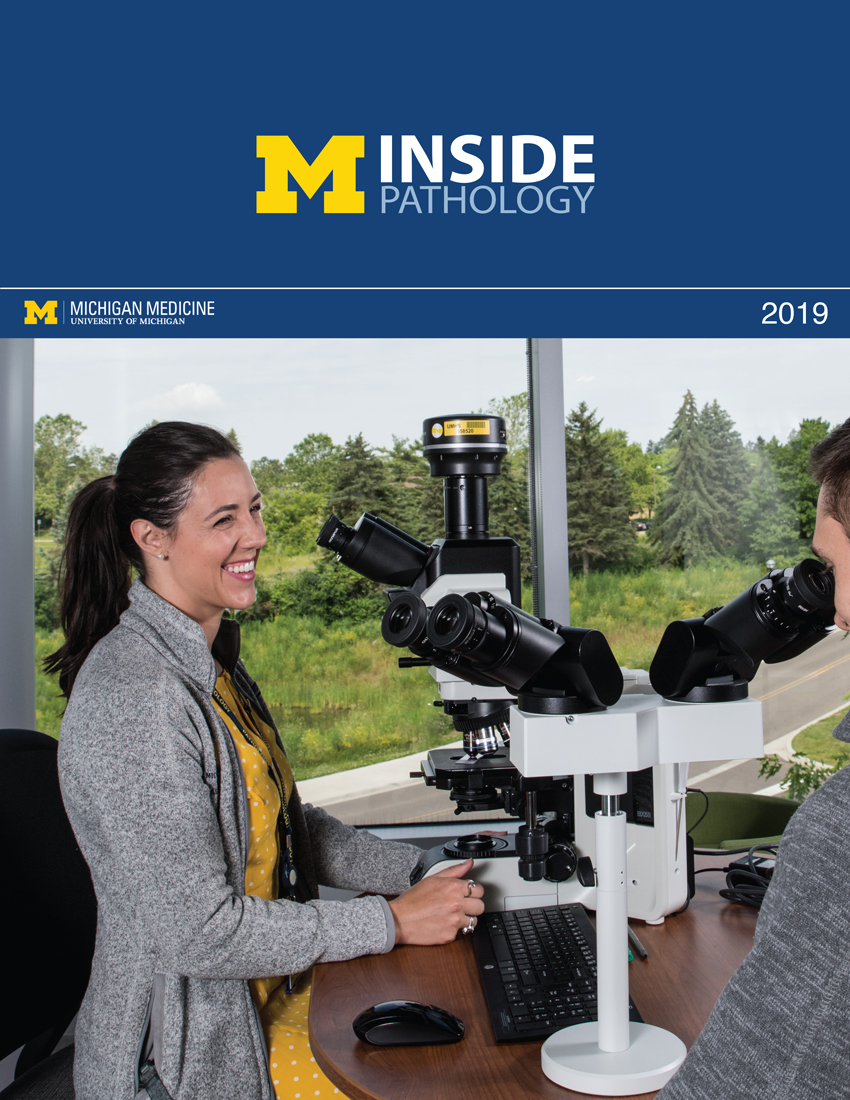 ON THE COVER
ON THE COVER
 ON THE COVER
ON THE COVER
 ON THE COVER
ON THE COVER
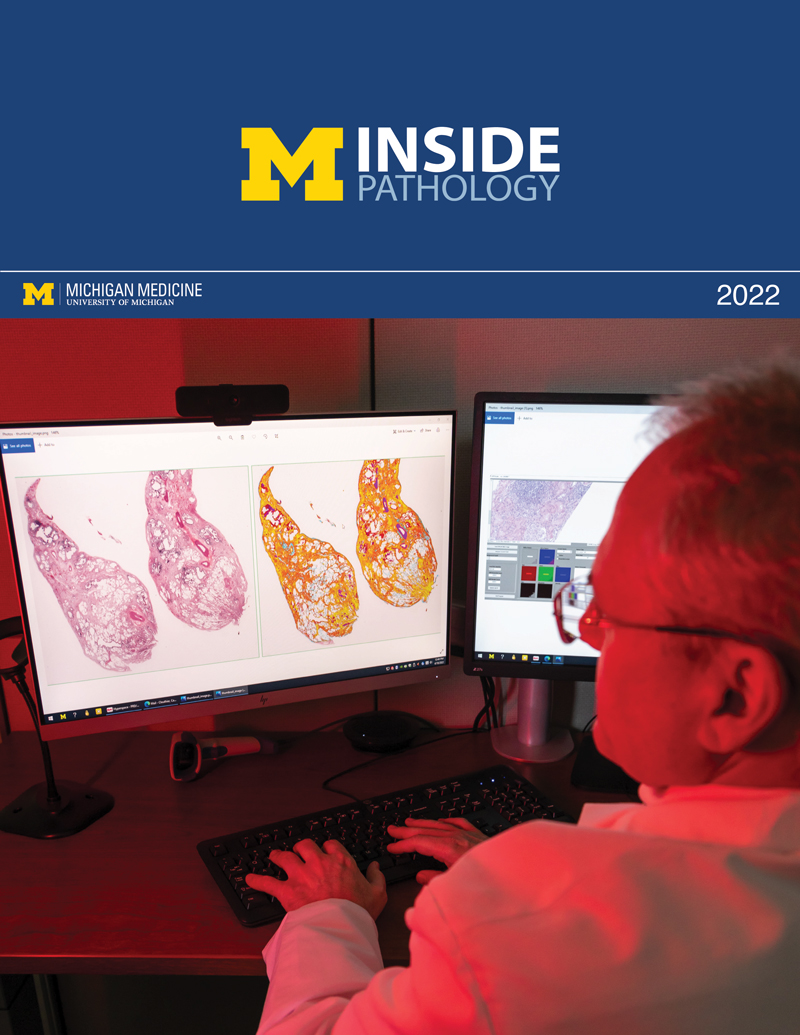 ON THE COVER
ON THE COVER
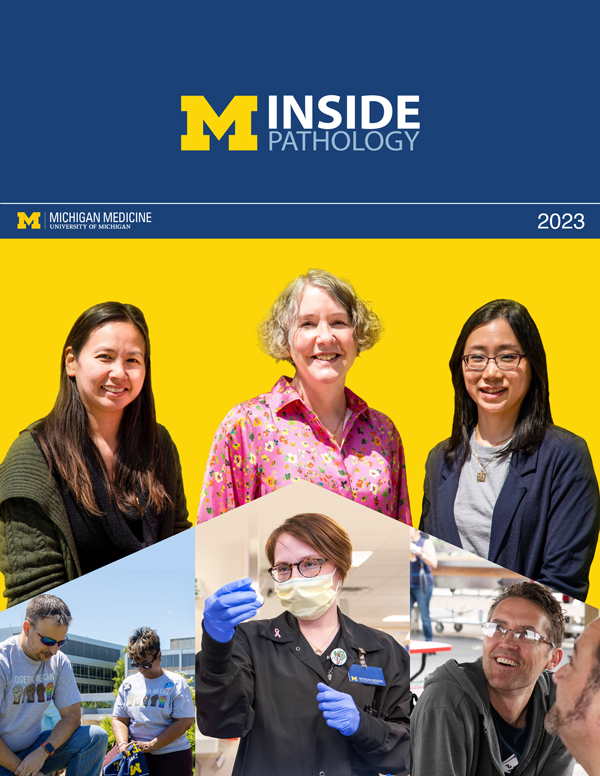 ON THE COVER
ON THE COVER
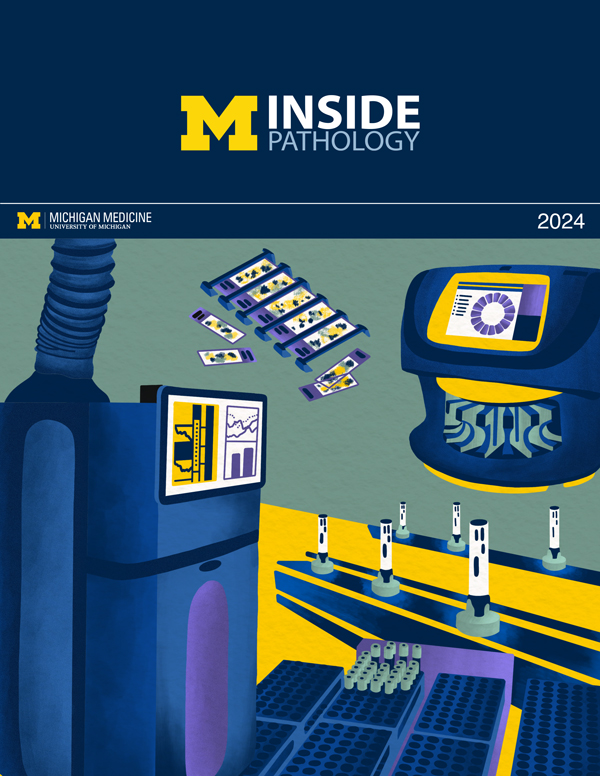 ON THE COVER
ON THE COVER
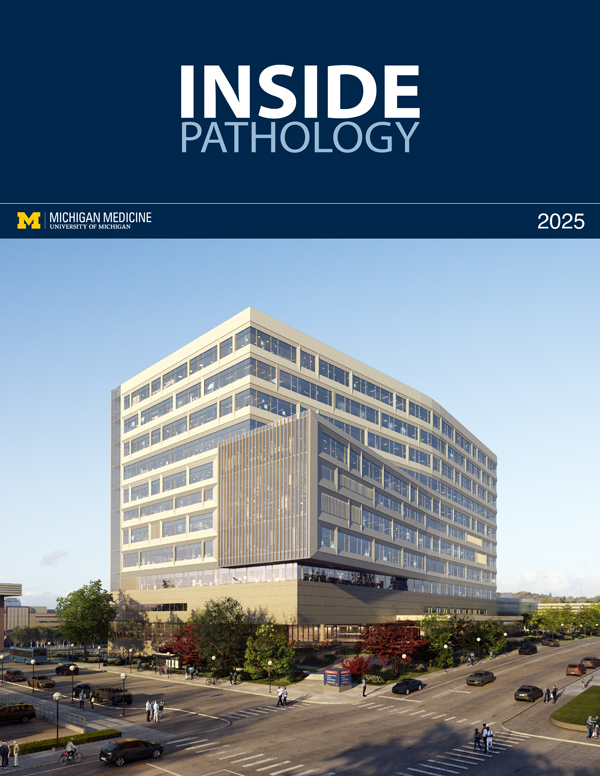 ON THE COVER
ON THE COVER
